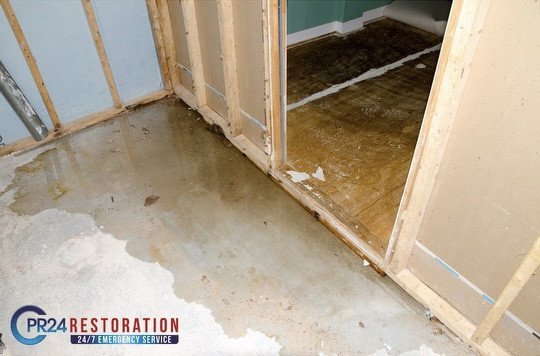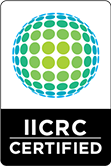Sewage Backup & Cleanup in Mississauga
For homeowners, Toronto’s weather patterns can provide serious difficulties, especially during the rainy seasons. The possibility of sewage backups, which can result in property damage and health hazards, is among the most urgent issues. Understanding the link between these meteorological phenomena and sewage problems becomes essential for locals as the city encounters more regular and severe downpours. We’ll examine the several causes of sewage backlog in Toronto in this extensive guide, with an emphasis on how rainstorms make the issue worse. Preventive measures, warning indicators to look out for, and what to do in the event of a sewage backup emergency will also be covered. After reading this article, you’ll be prepared to defend your house. The Types of Mississauga Sewer Systems Two primary sewer system types are used in Mississauga: Challenges of Aging Infrastructure Many areas of Toronto still use antiquated sewer infrastructure, particularly older neighbourhoods. This raises several problems: Pipes that are deteriorating are more likely to collapse and crack. The rising water quantities brought on by population expansion and climate change may be too much for outdated infrastructure to handle. Upgrades and repairs are expensive and frequently interfere with city life. Urban Development’s Effects The demand for Toronto’s sewer infrastructure grows as the city keeps expanding and growing: There is less natural ground absorption of rainwater on more paved surfaces. Sometimes, new development might disrupt established drainage patterns. An expanding population’s increased water consumption strains the infrastructure further. Comprehending these fundamental elements of Toronto’s sewer system puts the difficulties encountered during rainstorms. How Sewage Backups are Caused by Rainfall When rainstorms in Toronto cause sewage backups, they can swiftly transform from a pleasant meteorological phenomenon to a homeowner’s worst nightmare. The Overburdened Sewer Network Toronto’s sewer system may flood with water during periods of intense precipitation: Impact of Ground Saturation The ground surrounding homes may get saturated by heavy or prolonged rainfall: Rising Rainfall and Climate Change In recent years, Toronto has seen an increase in the frequency and severity of rainstorms: Finding Sewage Backup Warning Signs Homeowners can prevent or reduce damage by acting quickly when they are aware of the early warning signs of a possible sewage backup. Key warning indicators to look out for are as follows: Bad Odours The smell is among the most obvious indicators of a sewage issue: Visual Indications The Health Risks Connected with Sewage Backups Exposure to toxic chemicals Growth of Mould and Fungi Long-Term Effects on Health Protecting your family’s health from this domestic danger requires prevention and quick response. Preventive Measures to Protect Your Home You may avoid serious stress, financial hardship, and possible health hazards by taking preventative measures to keep your house safe from sewage backups. The following are some successful preventative actions: Keep Your Sump Pump in Good Working Order When it rains a lot, a well-maintained sump pump might be your first line of defence against water intrusion. Correct Grading and Landscaping By taking these precautions, you lower the chance of seepage by keeping water from collecting close to your foundation. Regular Pipe Maintenance Several backup problems can be avoided by maintaining your pipes: Small problems can be identified early on and resolved with routine maintenance. Contact us Today!



